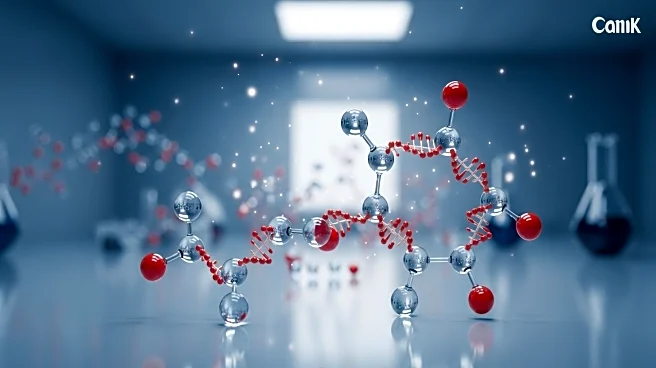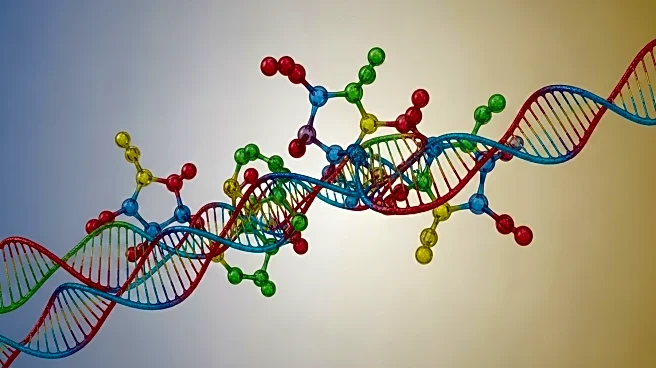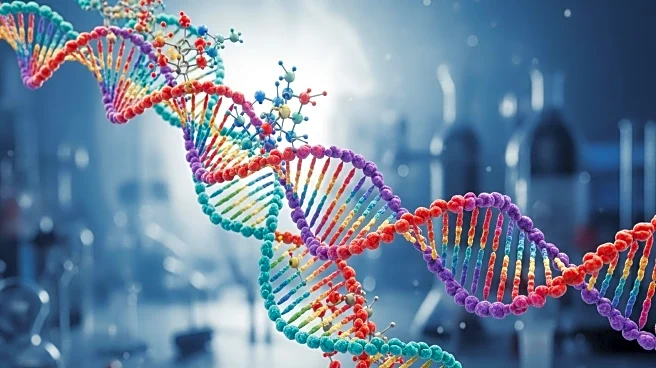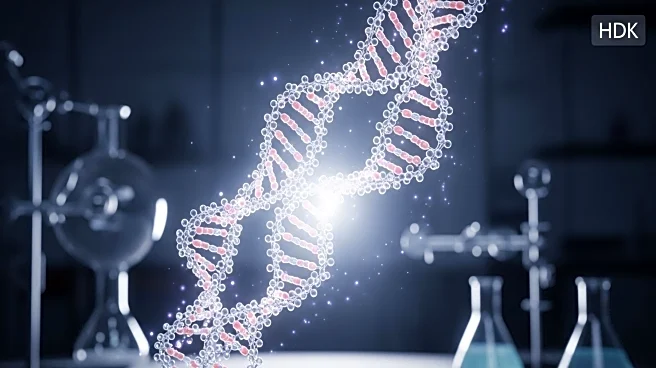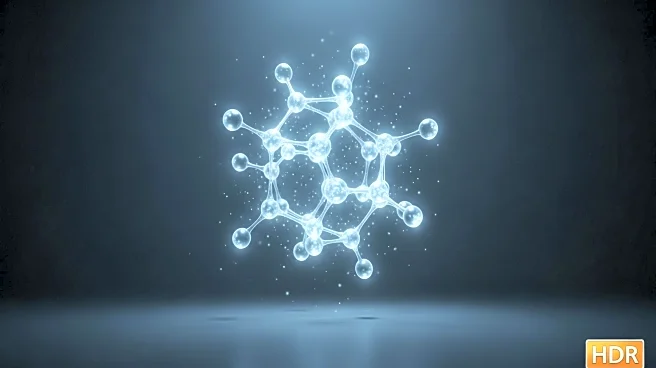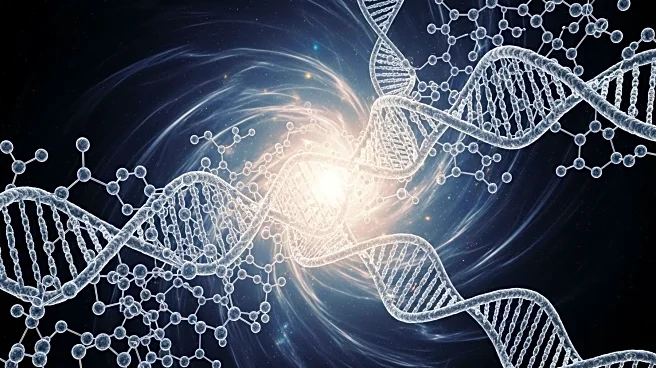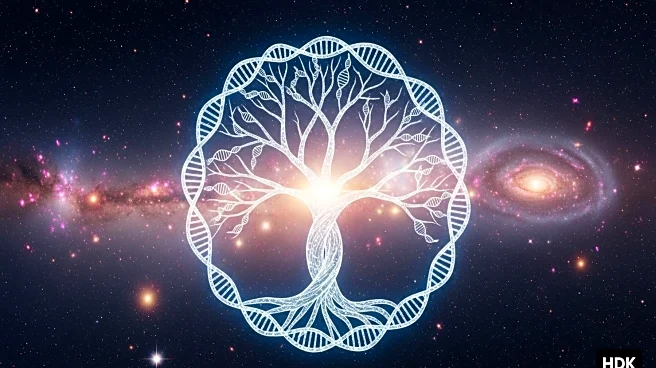What's Happening?
A study led by Professor Matthew Powner at University College London has proposed a new theory on the origin of life, focusing on the chemical linkage between RNA and amino acids. The research demonstrates that RNA, a molecule crucial for storing genetic information, can chemically link with amino acids under mild conditions in water, without the need for enzymes. This process involves converting amino acids into a more reactive form and linking them to RNA, which could represent the first steps toward protein formation. The study highlights the role of thioesters, sulfur-containing compounds, in driving these reactions, suggesting that similar chemistry existed on early Earth. This discovery provides a potential bridge between metabolism and genetic coding, offering insights into how life might have originated.
Why It's Important?
Understanding the origin of life is a fundamental question in science, and this study offers a plausible mechanism for how early proteins could have formed. The ability of RNA to handle amino acids without proteins addresses the 'chicken or egg' problem of which came first in the evolution of life. This research could reshape our understanding of prebiotic chemistry and the conditions necessary for life to emerge. By linking metabolism-like reactions to information carriers, the study provides a new perspective on the evolution of complex biological systems, potentially influencing future research in biochemistry and evolutionary biology.
Beyond the Headlines
The study's findings suggest that early Earth conditions, such as pools or lakes with higher concentrations of molecules, could have facilitated the chemical reactions necessary for life. The preference for RNA termini in the reactions hints at how sequence-specific pairing could evolve into coded instructions, laying the groundwork for the genetic code. This research could lead to new theories on the evolution of the genetic code and the development of ribonucleoprotein machinery, which are essential for modern cellular functions.
